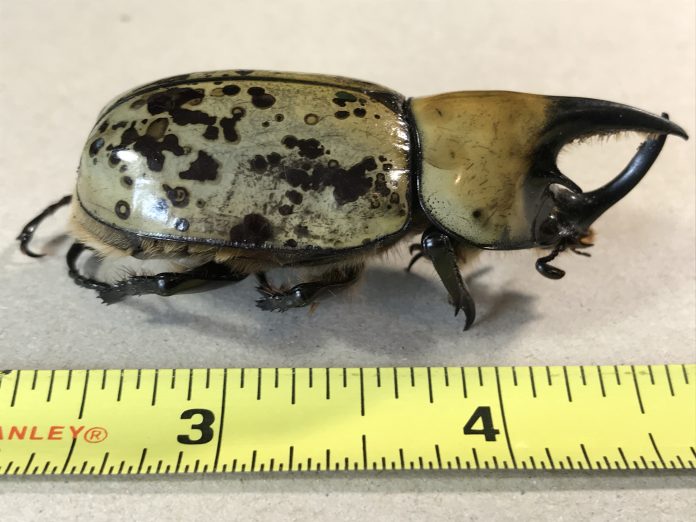Children love dinosaurs. I did more than 55 years ago, and so did many of my friends.
We collected and played with hard plastic toy models with long, hard-to-pronounce and spell names imprinted on them.
Names like Tyrannosaurus, Stegosaurus and Plesiosaurus.
The size, ferocity and fear of real dinosaurs appealed to us. And for me, those feelings persisted into adulthood.
When Jurassic Park opened in 1993, I was giddy with excitement as I bought my ticket on opening day.
The scenes of herds of dinosaurs stampeding across vast fields were just as I’d imagined.
Of course, dinosaurs disappeared millions of years ago, so now living monsters such as great white sharks, pythons and tigers fascinate me.
I’ve never seen any of these in the wild, so I treasure memories of my few wild encounters with large predators — brown bears and orcas in Alaska, a wolf in Glacier National Park, a mountain lion in Mexico, big alligators in Georgia’s Okefenokee Swamp and a crocodile in the Everglades.
Animals need not be large to intimidate. Spiders and snakes strike fear in the hearts of many, though most are harmless.
Cicadas look like bloodsucking demons, but they sip plant juices with their piercing straw-like mouthparts. Likewise, horseshoe crabs at the beach are totally harmless.
So, when I stumble upon something scary in the backyard, I’m all in.
Rhinoceros beetle
A few days ago, my wife burst into the apartment and told me I’d never believe what she found in the parking lot less than 75 feet from our front door.
“I’m not sure what it is,” she said, “but you’re going to love it.”
Linda opened her hand to reveal a large beetle that was more than 2 1/2 inches long. I recognized it immediately as a type of rhinoceros beetle.
Years ago, while building an insect collection for a college entomology class, such a specimen would have earned me a higher grade.
Tropical species of rhinoceros beetles can grow to be six inches long and are among the world’s largest insects.
Though dead, the beetle Linda had found was in pristine condition. I suspect it had flown to a nearby street light the previous night.
Like most insects, beetles have two pairs of wings and are capable flyers. The forward pair forms a hard, protective cover over the second more fragile membranous pair of wings that enable flight.
And like many insects, Hercules beetles are attracted to and disoriented by lights at night.
Behavior
A quick search for more information revealed that eastern Hercules beetles, a species of rhinoceros beetles, are common throughout the eastern deciduous forest.
They can use their horns to move objects more than 100 times their own body weight, hence their common name.
The large horns on this individual’s head indicated it was a male. The tips of each leg retained two perfect claws. Even both layered, feathery antennae were flawless.
By day, Hercules beetles stay hidden in leaf litter or rotting wood, so they are seldom seen. At night they feed on decaying plant matter and sap.
Males use their horns in territorial jousts. The stronger individual, usually the one with the longer horns, lifts and tosses his opponent aside, or the smaller male simply concedes and moves on to avoid injury.
The reward is the right to mate with a nearby female. Females lay eggs in the soil, the first step in a life history characterized by complete metamorphosis.
About a month later, the eggs hatch into larvae. These grubs eat rotten wood and live in the ground for up to a year before transforming into pupae.
A few weeks later, the pupae transform into adults, which live underground until spring.
Eastern Hercules beetles take up to three years to complete their life cycle.













